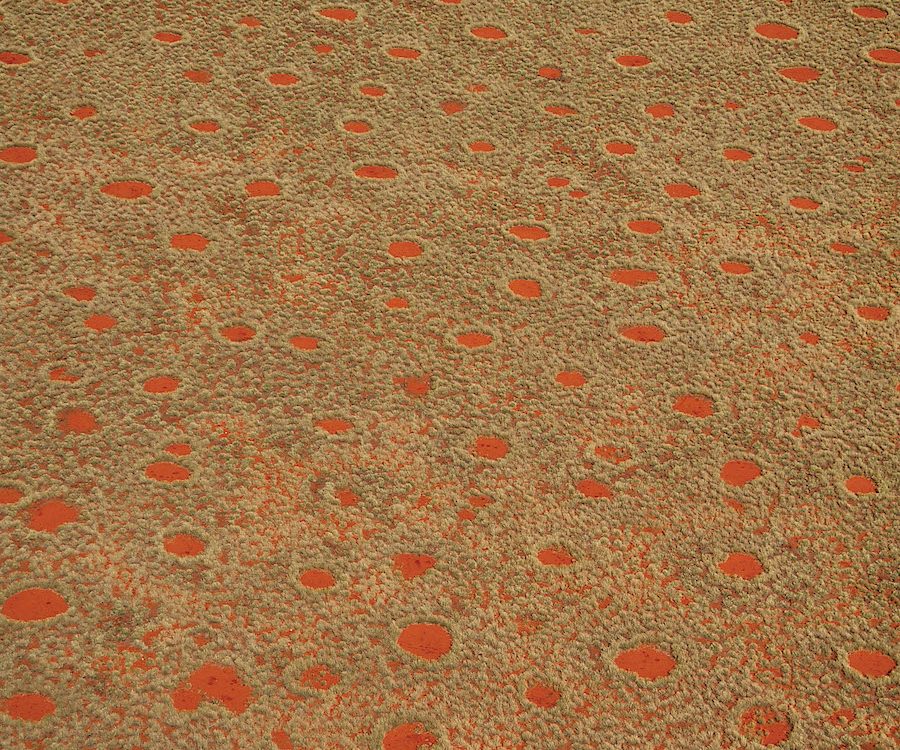
Kulala Desert Lodge
May 22, 2017
/Ai- /Ais Hot Springs Spa
May 22, 2017Text Edward Jenkins | Photo Hannes Brunner
This is the seventh in a series about the gemstones of Namibia. Hardness is a measure of a gem’s scratch resistance capability, based on its position on the
graduated Mohs scale, which rates minerals from talc, the softest mineral (1), to diamond, the hardest (10). Dioptase displays a hardness rating of 5.
A stone believed to stir love and compassion, dioptase is also the darling of mineral collectors throughout the world. The bright-green to blue-green stone may at first glance be mistaken for an emerald, as it was when first discovered by copper miners in the steppes of Kazakhstan in 1797.
The name derives from the Greek—dia (through) and optasia (visible)—because the cleavage planes within the transparent crystal can be clearly seen. It has also been known as The Gem of the Congo, Copper Emerald, and Achrite. Dioptase has been found in Russia, the United States, Chile, and the Democratic Republic of the Congo, but the rarest, and some of the finest, specimens have been discovered in Namibia.
Dioptase was first harvested in the Grootfontein District at Guchab Mines from 1908–1911. Mining later shifted 3 kilometres east to the Rodgerberg deposit, where it was taken out from 1924–1927. Dioptase has since been discovered at multiple locations in Namibia, most importantly at the world-famous Tsumeb Mine, with the highest production occurring from the mid-1960s through the mid-1970s.
Commonly considered to be the most important mineral site in Africa, and among the top sites in the world, the Tsumeb Mine, situated in the Otavi Mountains, produced collector-quality dioptase specimens that now grace collections all over the world. In addition to being prized for their rarity, the specimens are aesthetically pleasing, since the brilliant dark-green crystals are frequently perched on a snow-white matrix. Some of the best specimens were harvested in 1970. A geologist who worked in the mine during that time recalls seeing ‘walk-in pockets’ lined with dioptase crystals.
The Omaue Mine opened in central Kaokoland in about 1950, and high-quality dioptase crystals were harvested there from 1984–2003. In recent years, dioptase finds have been limited to small diggings in northern Namibia, although collector-quality pieces, while rare, continue to be discovered.
In addition to fostering love and compassion, dioptase is said to promote the ability to live in the moment. It is also believed to stimulate forgiveness, and to help release past-life trauma. Some say it is a particularly powerful stone for helping women who have been in abusive relationships.
Dioptase gems make beautiful jewellery, but at hardness level 5, they are fragile, so shouldn’t be worn on a regular basis. If you choose to purchase dioptase, these gems are best suited for use in pendants and earrings. Local jewellery designers will be happy to help you create a unique, fiery green souvenir of your visit to Namibia.

This article was first published in the Flamingo March 2011 issue.


